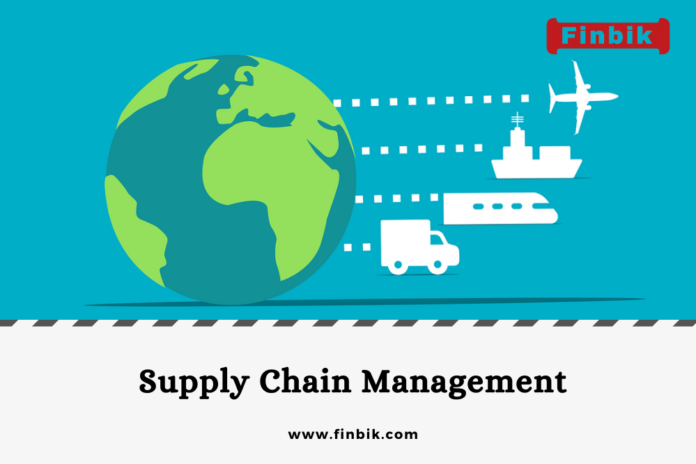Supply chain management (SCM) is a pivotal business practice that orchestrates the flow of goods, services, and information from raw material suppliers to end consumers. It plays a crucial role in achieving operational excellence, optimizing costs, and fostering competitiveness in today’s global marketplace.
How Supply Chain Management Works
Difference Between SCM and Supply Chain
Elements of Supply Chain Management

How Supply Chain Management Works
Supply chain management involves coordinating a series of interconnected activities, processes, and resources to ensure the smooth and efficient movement of products and services. It encompasses planning, sourcing, manufacturing, distribution, and customer service. This holistic approach requires effective collaboration between various stakeholders, including suppliers, manufacturers, distributors, retailers, and customers.
Parts of SCM
- Planning: This involves forecasting demand, aligning production schedules, and optimizing inventory levels to meet customer requirements while minimizing excess stock.
- Sourcing: It entails selecting suppliers, negotiating contracts, and establishing strong relationships to ensure a steady supply of high-quality materials at competitive prices.
- Manufacturing: The manufacturing phase focuses on transforming raw materials into finished products efficiently, while adhering to quality standards and production schedules.
- Distribution: Efficient distribution involves optimizing transportation, warehousing, and order fulfillment processes to ensure products reach customers promptly and in good condition.
- Customer Service: After-sales service, warranty support, and addressing customer inquiries are vital components of ensuring customer satisfaction and loyalty.
Difference Between SCM and Supply Chain
Supply chain management and the broader concept of the supply chain are often used interchangeably, but they have distinct differences. While the supply chain encompasses the entire network of activities and entities involved in delivering products to end consumers, supply chain management specifically refers to the strategic coordination and optimization of these activities to achieve specific business goals.
Types of Supply Chain Models
- Lean Supply Chain: Focuses on minimizing waste and enhancing efficiency through streamlined processes and reduced inventory.
- Agile Supply Chain: Prioritizes flexibility to swiftly respond to changes in customer demand or market conditions.
- Resilient Supply Chain: Aims to withstand disruptions by diversifying suppliers, incorporating risk management strategies, and building redundancy.
- Green Supply Chain: Integrates sustainability practices, aiming to reduce the environmental impact of the supply chain’s activities.
Example of SCM
Apple Inc. serves as an exemplary case of effective supply chain management. By coordinating closely with suppliers, Apple ensures a steady flow of components for its devices, leading to quick product launches and minimizing delays. The company’s vertically integrated supply chain allows for control over quality and innovation while maintaining a global presence.
Importance of SCM
- Cost Efficiency: Effective supply chain management optimizes resources, reduces waste, and cuts operational costs.
- Customer Satisfaction: Timely deliveries, high product quality, and responsive customer service lead to enhanced customer loyalty.
- Competitive Advantage: Well-managed supply chains can offer unique value propositions, positioning companies ahead of competitors.
- Risk Mitigation: A resilient supply chain is better equipped to handle disruptions, such as natural disasters or geopolitical tensions.
Elements of Supply Chain Management
- Integration: Collaborative efforts between departments and stakeholders ensure seamless flow of information and resources.
- Visibility: Real-time data sharing allows for informed decision-making across the supply chain.
- Coordination: Coordinating activities and processes prevents bottlenecks and optimizes resource utilization.
Key Features of Effective SCM
- Demand Forecasting: Accurate predictions of customer demand enable better planning and inventory management.
- Technology Adoption: Implementing technologies like data analytics, AI, and blockchain enhances visibility and efficiency.
- Risk Management: Identifying potential risks and having contingency plans in place mitigates disruptions.
- Continuous Improvement: Regularly assessing and refining processes keeps the supply chain agile and responsive.
Conclusion
In today’s dynamic business landscape, supply chain management serves as a critical driver of success. By fostering collaboration, optimizing processes, and adapting to changing market conditions, effective SCM enhances efficiency, reduces costs, and enables businesses to thrive in a competitive environment. Embracing the principles of it can lead to sustainable growth and resilience for companies across industries.
More articles you may like
How to Start a Business with No Money

